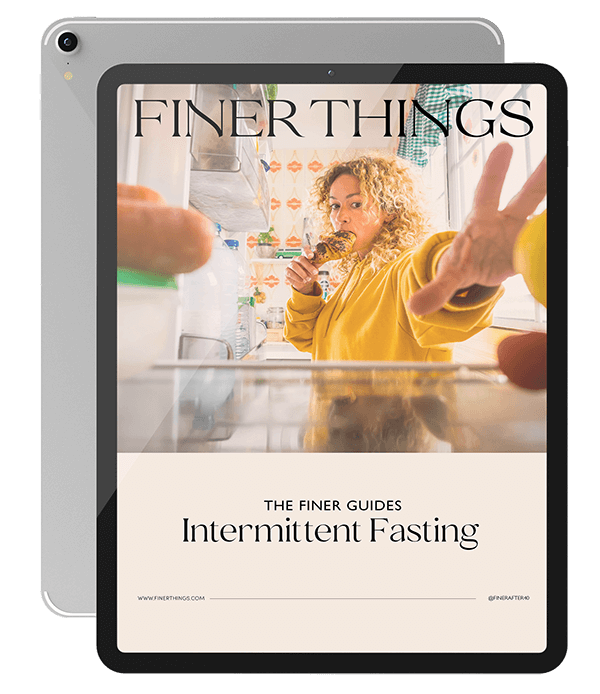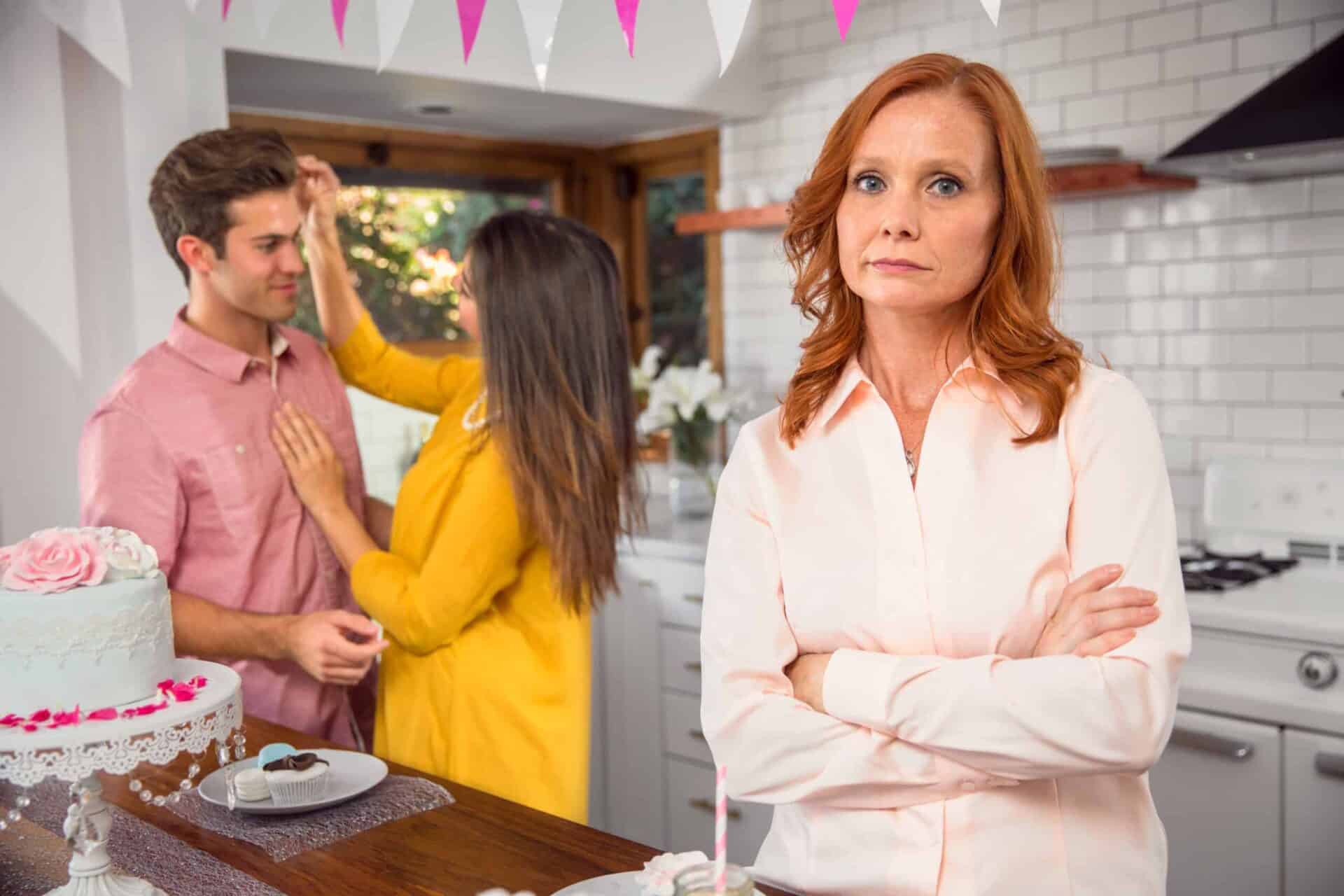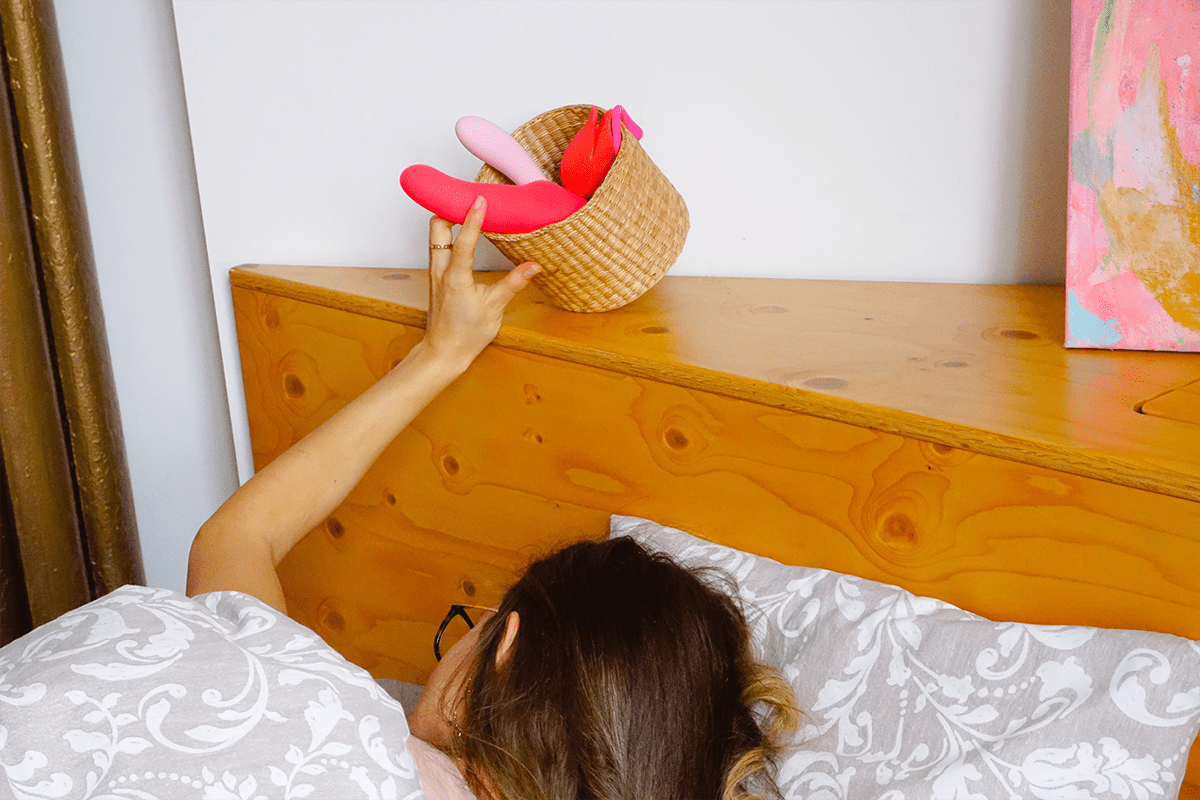Dating Dismissive Avoidant Attachment

By Franki Hanke
Dating someone with an avoidant attachment style can feel like a chase, so how do you catch them?
Dating is hard. No matter what, relationships are work. But, if you’ve read about attachment styles, they can provide some insight into what’s happening. Dating someone who sometimes seems like they want to stay single forever? They might be avoidant. Do you think you’re dating someone with Avoidant Attachment style? Keep reading.
What is Attachment Theory?
We’ve talked before about Attachment Theory in romantic relationships. Catch up here.
The rapid recap?
“Attachment Theory is the idea that early childhood experiences influence behavior. One’s style then informs how they interact with other people. John Bowlby, Mary Ainsworth, and Chris Fraley were the key people who developed this concept.
They identified four attachment styles:
-secure
-anxious
-avoidant
-anxious-avoidant (or “Ambivalent Attachment”)
A secure attachment style is ideal. They have a healthy, comfortable attachment to close relationships. These relationships have a secure base through hard times.”
Am I dating someone with Avoidant Attachment habits?
An avoidant person is independent. They often value that independence and self-sufficiency, even with a romantic partner. They might avoid emotional intimacy. Or they might be comfortable with less intimacy and affection than you expect. If you’re dating someone with Avoid Attachment habits, you might find yourself craving more connection or feel like there’s a distance between you, even as the relationship escalates.
Avoidant attachment style stems from detached or distant caregivers. They might have been unreliable in providing for emotional needs. The result is fiercely independent people who rely on themselves first. Someone can display common behaviors of an avoidant attachment style no matter what. Don’t make assumptions about their past relationships or childhood.
What’s the difference between Dismissive Avoidant Attachment and Fearful Avoidant Attachment?
For a dismissive-avoidant, they ignore and limit their intimacy needs. They often experience brief relationships that focus on entertainment rather than intimacy. They might not care about emotional intimacy.
For fearful-avoidant, the behaviors may appear the same. However, the trigger is the fear of being close to someone or opening up.
What happens when an Avoidant dates an Anxious attachment style?
If you’re an anxious partner dating someone with Avoidant Attachment habits, they may feel cold or unattached. Some sources will encourage an anxious person to avoid this adult attachment type. There is a common cycle between Anxious Attachment types and Avoidant Attachment types:
Initially, they meet. The avoidant person opens up in a new relationship. The first date might see sparks fly. That initial connection spurs a rapid rush of connection for the anxious person. However, as the relationship develops, the anxious person wants more reassurance. They often want the avoidant person to open up further. Instead, this triggers their defense mechanism of withdrawing. The cycle triggers both people’s attachment issues.
One option then is to only seek out secure partners from the dating pool. However, everyone has their own issues.
Healthy relationships require growth over time. Avoiding an attachment type initially can help initially. It won’t remove all issues like magic. Protecting your well-being is important, but even secure people will have relationship needs. Plans to avoid a certain style should be for your mental health. Make sure it’s not an attempt to take advantage by not participating equally.
Get The Finer Life
Our Sunday email has tips and content you will love – exclusively for our subscribers.
"*" indicates required fields
So, what should dating someone with Avoidant Attachment habits look like?
Whether you’re anxious or not, our primary attachment styles can provide insight. The core requirement is the same, though. To improve a relationship, regardless of the attachment system, you must communicate.
First, recognize the common red flags for an avoidant partner.
Often, they will react to increasing closeness. Initially, it might feel hurtful, but recognize the reaction isn’t about you, but about them. They feel scared, nervous, or trapped. Creating distance feels safer.
Once you’ve noticed them, address them with mutual respect, rather than anger. If you’re dating someone with Avoidant Attachment behaviors and they are creating distance, practice care.
“I’ve noticed you’re ignoring my phone calls my than normal, which makes me feel quite hurt. How are you feeling lately?”
“I’ve been feeling anxious lately, and I’ve been a bit clingy. How are you feeling about that?”
By recognizing where they are coming from, you can share where you’re coming from. That mutual understanding can make reactions feel less personal.
Second, adjust your relationship for both your needs.
An avoidant can feel distressed by certain expectations like intimate one-on-one conversations. Adjust your relationship to meet both your needs.
-Replace candlelit dinners where the pressure is to talk the whole time. Try activity-based dates like a class or shared hike where there’s an exterior focus.
-Rather than spending all your time together, create dedicated times for each other. The warning prepares the avoidant member.
-Rather than letting issues stew until a fight, speak often. Create a check-in event where you communicate how you’re feeling lately. By doing this on a recurring schedule, it can feel more natural to open up about “nothing.”
Third, be realistic.
Simply put, attachment styles are only one way of understanding behavior. They are not a rule book or an ultimate guide.
-Ask yourself if they are trying to improve the relationship? If not, they likely won’t ever.
-Ask yourself what your expectations are, will this person ever meet your needs?
-Ask yourself if these issues are only related to attachment styles or other issues?
Don’t hesitate to explore couples therapy. You don’t have to be in a “failing” relationship to benefit from therapy. Therapy teaches useful skills to connect and adapt together before conflict appears, too.
If the relationship isn’t likely to succeed long-term, don’t use attachment styles as an excuse. The best course for your mental health and well-being might be a break-up. No matter who’s involved, communication is the core of a relationship. Without proper communication, a relationship will fail. Practice it often to improve any relationship.

Want a Free Guide?
You will receive our free 19-page guide and access to our exclusive content, private invitations, and tips you’ll love.
"*" indicates required fields
Facebook Group





